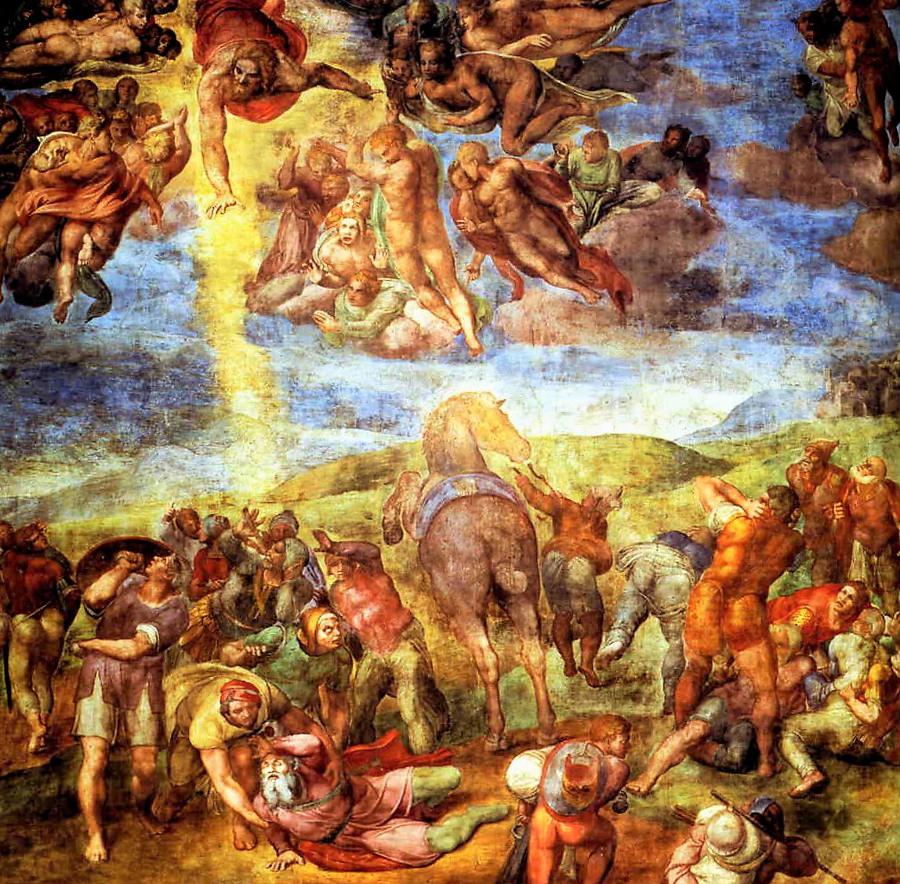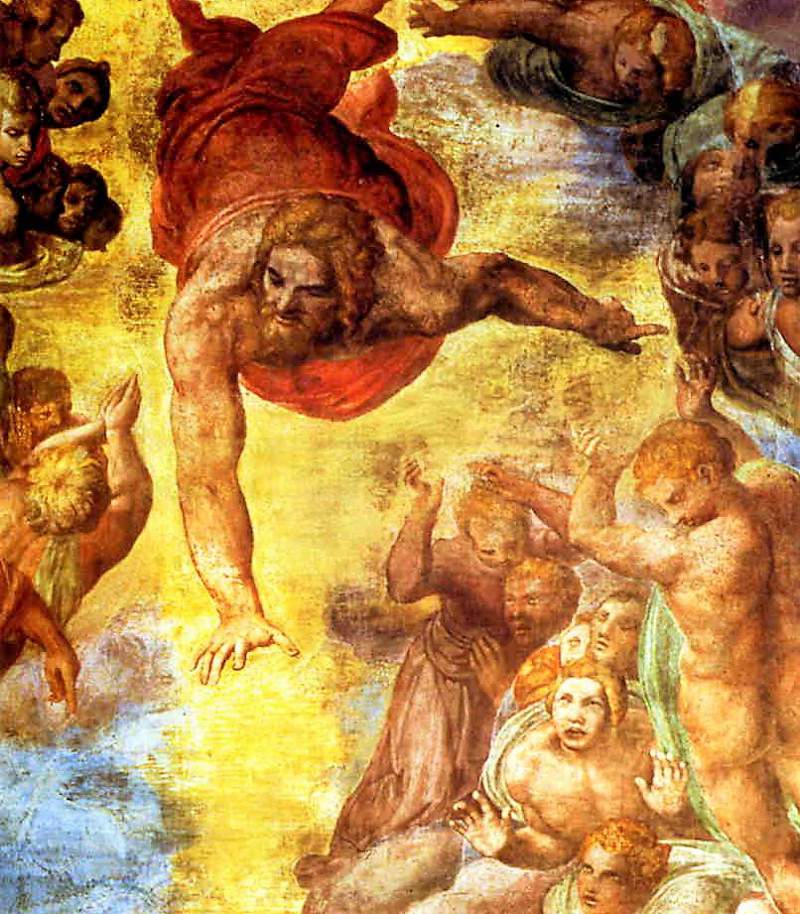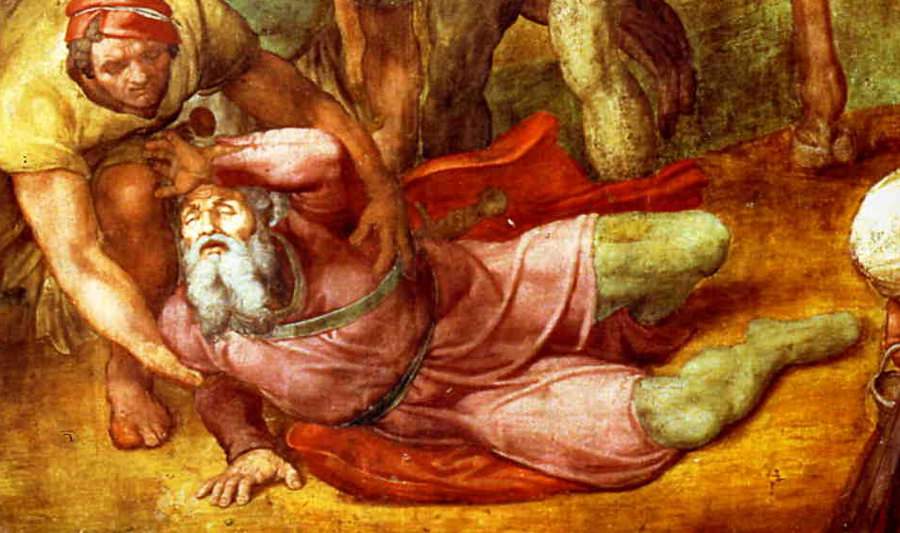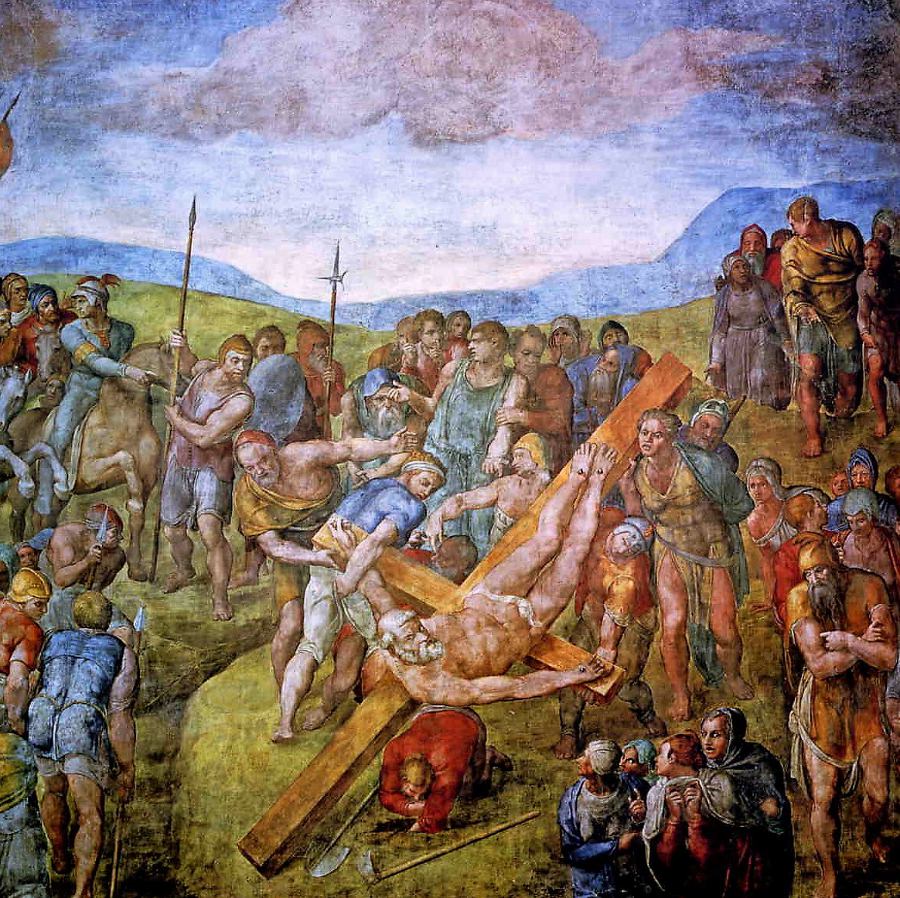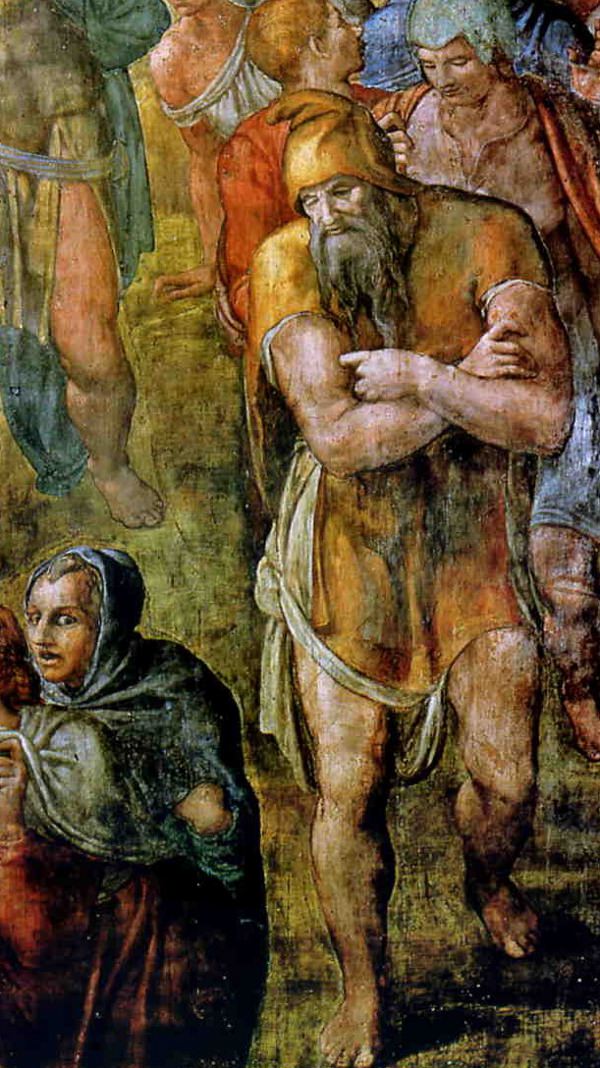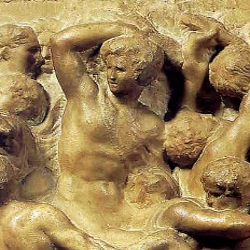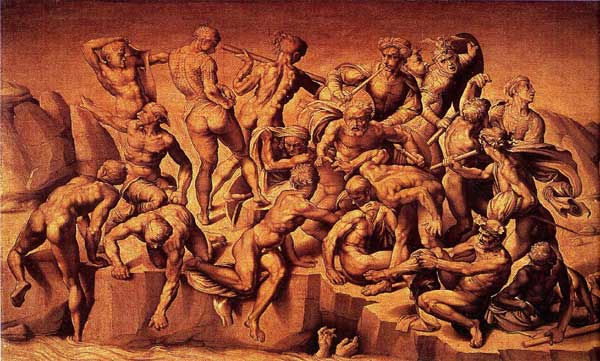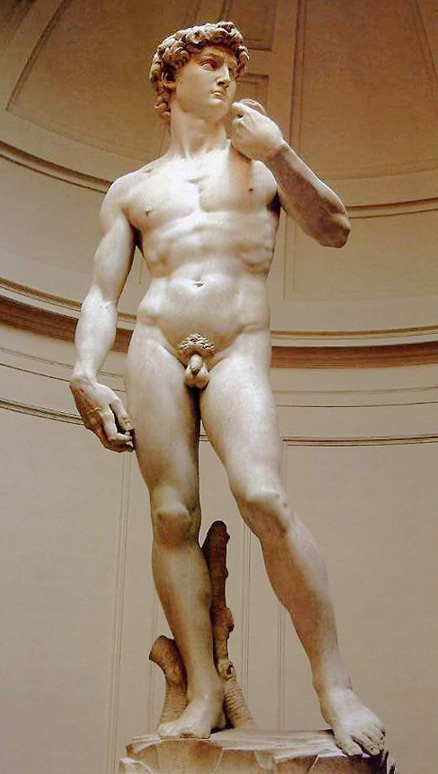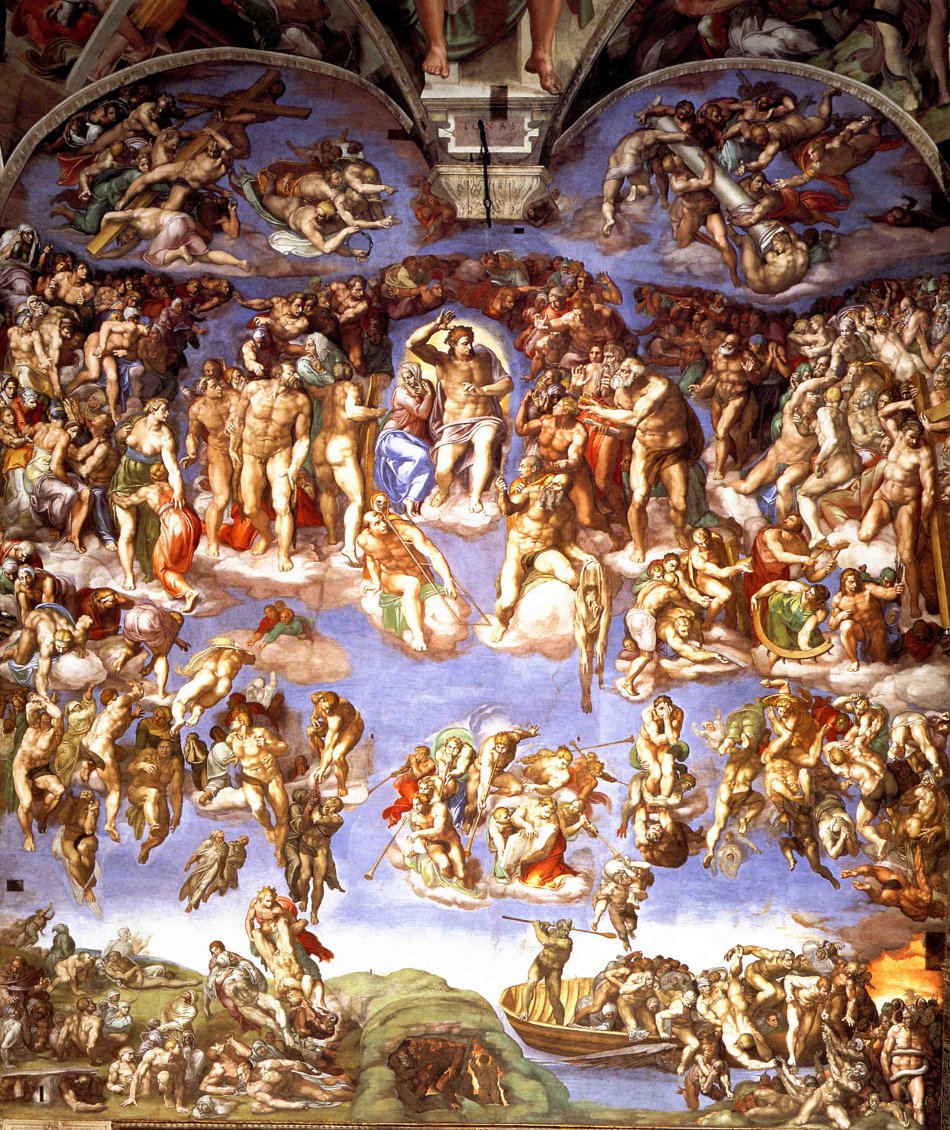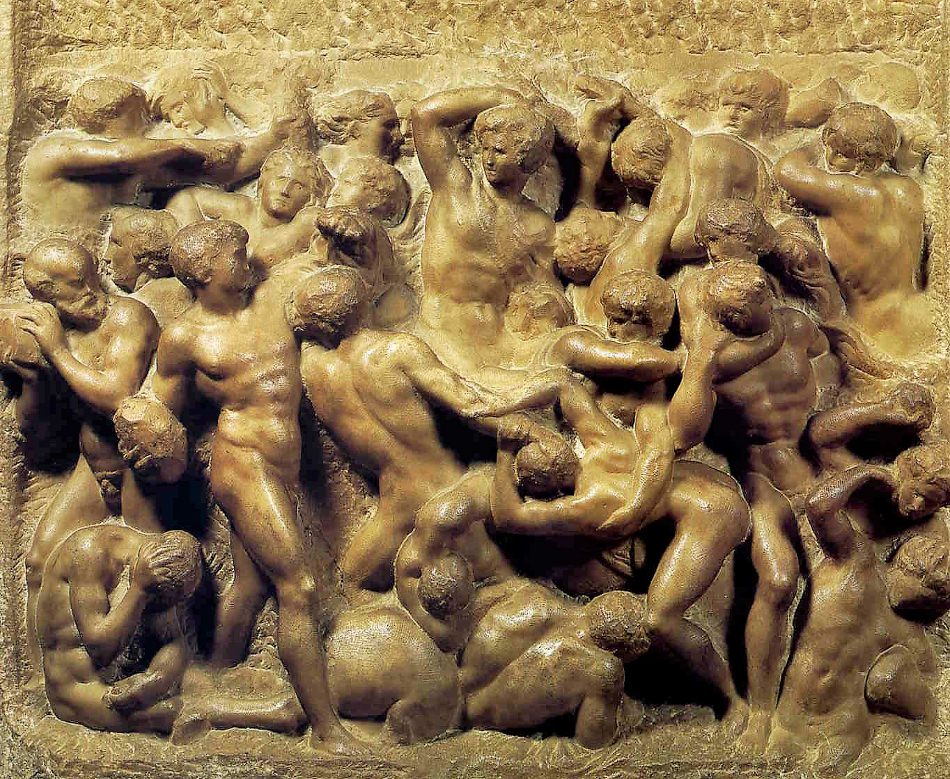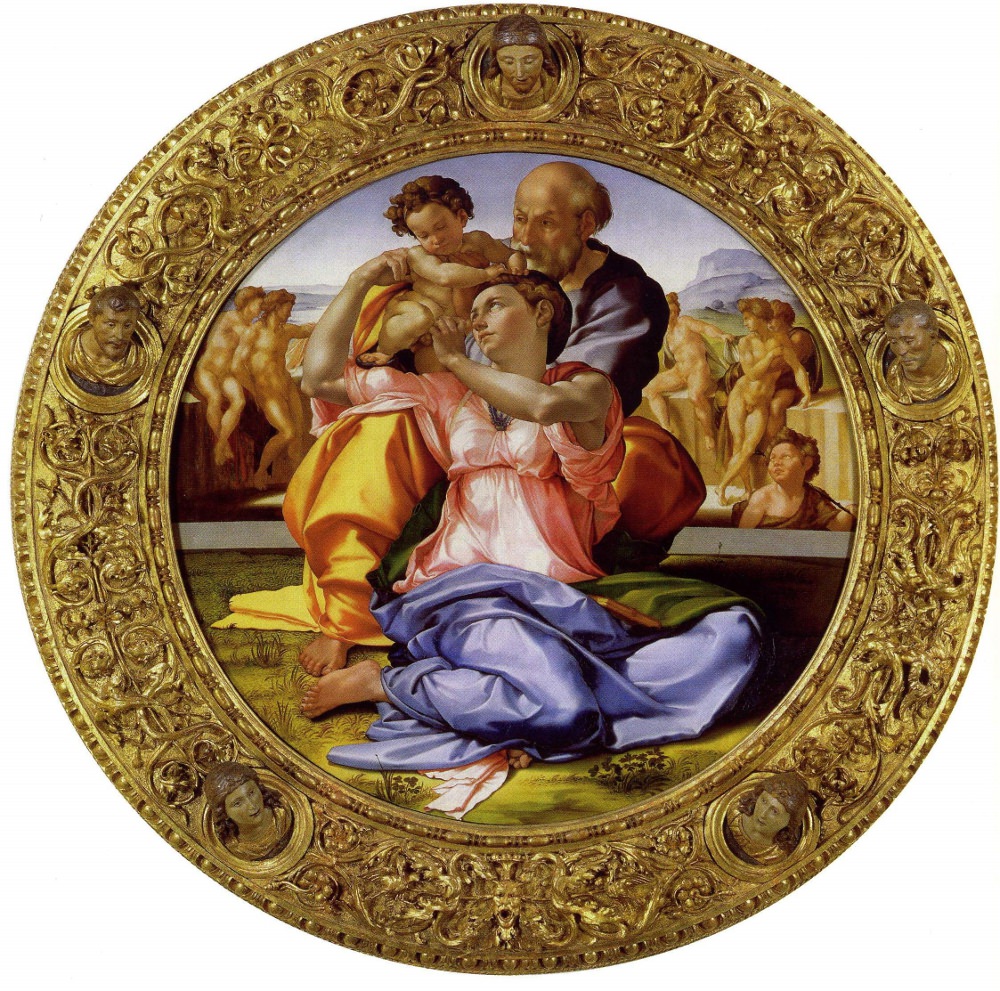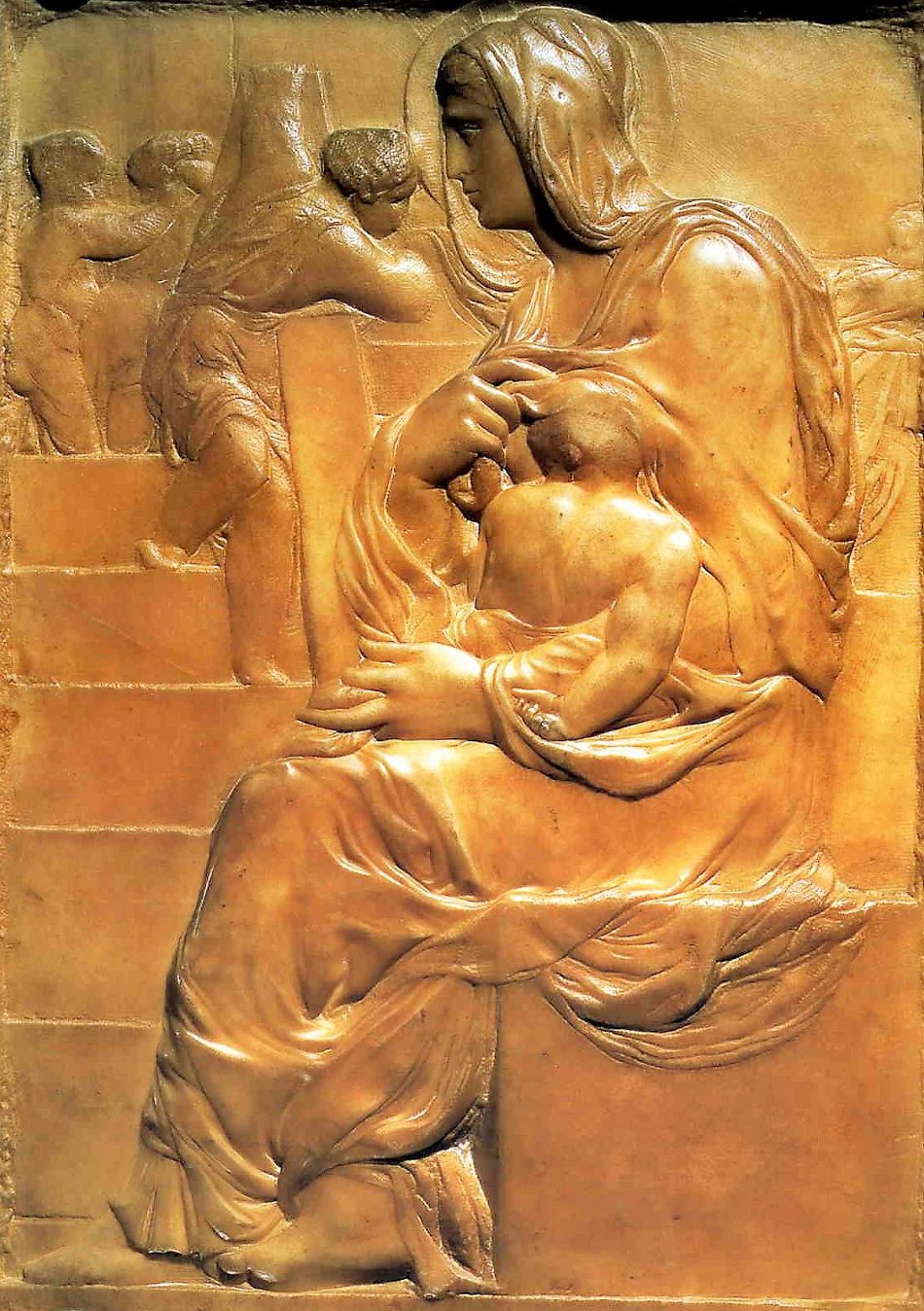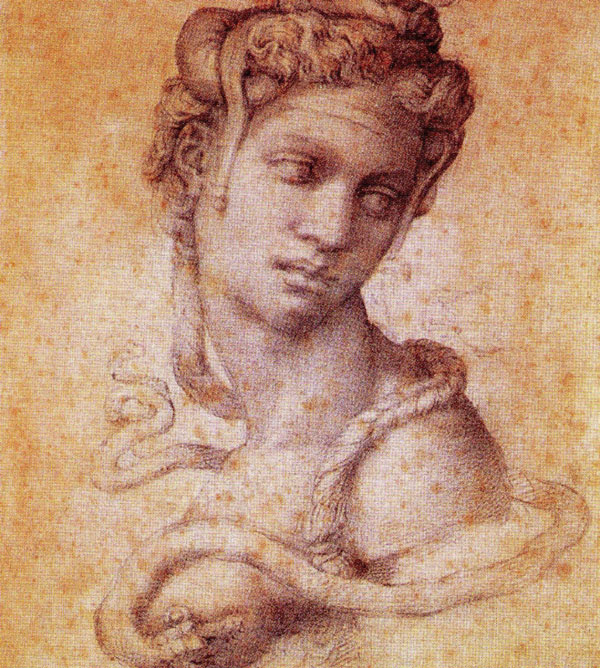Michelangelo in the Pauline Chapel.
Two huge frescoes by the aging artist.
The Pauline Chapel is located between the papal apartments and St Peters within the Vatican complex. The chapel was originally used both as Chapel of the Sacrament and as the Chapel of the Conclave where a new pope would be elected a process that now takes place in the Sistine Chapel. Michelangelo had barely finished his work on the Last Judgement on the South wall of the Sistine Chapel when his patron, Pope Paul III handed him a new commission, the decoration of the Pauline Chapel.
Michelangelo at the age of 67 was not pleased at this new labour. For an artist who always considered himself to be a sculptor rather than a painter the commission was particularly unwelcome. However, he could hardly refuse the pope and so began work on a project that would take eight years to complete. The work would consist of two giant frescoes with the chosen subjects, The Conversion of Saul, and the Crucifixion of St Peter.
The Conversion of Saul depicts the Roman soldier who on his way to Damascus is stuck by a bolt of lightning from heaven resulting in Saul’s conversion to Christianity. The Crucifixion of St Peter, the first pope of the Roman Catholic Church, features the moment that the saint, having been placed on the cross, is being raised into position.
The Pauline Chapel is long and narrow. The paintings are intended to be viewed in situ with the Conversion of Saul on the left well-lit wall while on the darker right wall is the Crucifixion of St Peter. Michelangelo has skewed the perspective and dimensions of figures within these frescoes to accommodate the narrowness of the space. For this reason, some commentators have considered his Pauline Chapel paintings to be inferior to his more famous work in the Sistine Chapel.
Michelangelo in the Pauline chapel - the Conversion of Saul. 1542 – 1545.
As Saul is on route to Damascus, he is thrown from his horse by a bolt of lightning emanating from the hand of Christ who appears in the sky above. Christ is surrounded by an array of bulky figures which are reminiscent of Michelangelo’s Sistine Chapel narratives. Saul is temporarily blinded and shields his eyes from the brilliant light by raising his left arm. The figures around Saul are in disarray confused by the event unfolding before them.
One attempts to place his shield above his head as protection against the glairing light. Another holds onto the reins of Saul’s horse which has bolted in terror. Yet another covers his ears as he looks up in disbelief at the heavenly vision unfolding in the sky above. This is the moment that Saul converts to Christianity and becomes Paul. Christ’s left arm points to the city of Damascus and Paul becomes aware that it is in this city that he must begin his mission.
Christ, wrapped in robes flies forward his muscular right arm unleashes at lightning bolt that will ultimately result in Saul’s conversion to the Christian faith.
This is the moment that Saul is struck blind by the intense bolt of light. He begins his conversion to the Roman Catholic Faith and becomes the preacher, Paul.
< Left: Christ, wrapped in robes flies forward his muscular right arm unleashes at lightning bolt that will result in Saul’s conversion to the Christian faith.
Michelangelo in the Pauline Chapel - The Crucifixion of St Peter. 1546 - 1550
Michelangelo has represented St Peter as a strong-minded man who is willing to die for his Cristian beliefs, the artist has depicted St Peter at the beginning of his journey to martyrdom. Peter has been placed on an inverted cross which is in the process of being raised into position. The saint considered himself unworthy to be crucified upright as Christ had been hence the upside-down position of the cross.
Several handlers struggle to move the cross into position while one clears soil from the hole that will hold it in the ground, the spades used to dig the hole are still visible. On the left side of the crucifixion soldiers climb the hill to witness the spectacle. Above these are horse mounted soldiers with one pointing to the scene of torture. An array of onlookers revolves in a clockwise motion down to the bottom of the right side of the fresco, beneath these a group of women mourners look on in horror. In a dramatic and slightly disturbing gesture Peter twists his shoulders and head to stare out of the fresco at the viewer.
This giant muscular figure is thought to be a self-portrait
of Michelangelo. This troubled old man, placed at the bottom right of the painting, walks
with folded arms, he seems resigned and in despair at the scene he has
witnessed. His sad face is finely painted, and his body language reflects his
sadness at the terrible events that have unfolded before him.
For Michelangelo, the Pauline Chapel proved to be a torturous enterprise. He was still in negotiations for the final contract of the Julius Tomb plus with the sudden death of one of his assistants and his own health issues Michelangelo was not in a happy place. For some years he had suffered from troubling kidney stones, the pain and old age took its toll delaying work halfway into the project as the artist rested due to ill health. Michelangelo was seventy-five years old when the work was finally completed, and the exhausted artist concentrated his efforts on architecture for the remainder of his life.
Personal opinion:-
It is a little unfair for critics to brand Michelangelo’s
Pauline Chapel frescoes to be somehow inferior in quality. The comparison
between his Sistine Chapel works does not allow for the artists age and failing
health. Also, the narrow dimensions of the Pauline Chapel necessitated changes
in perspective that can only be appreciated from within the chapel itself. The massive
scale of these two paintings is a testament to the artist’s work ethic at a
time when many would be contemplating retirement. Michelangelo has created two
masterpieces albeit in his later years as a fresco painter.
- Home
- Michelangelo
- Michelangelo in the Pauline Chapel
